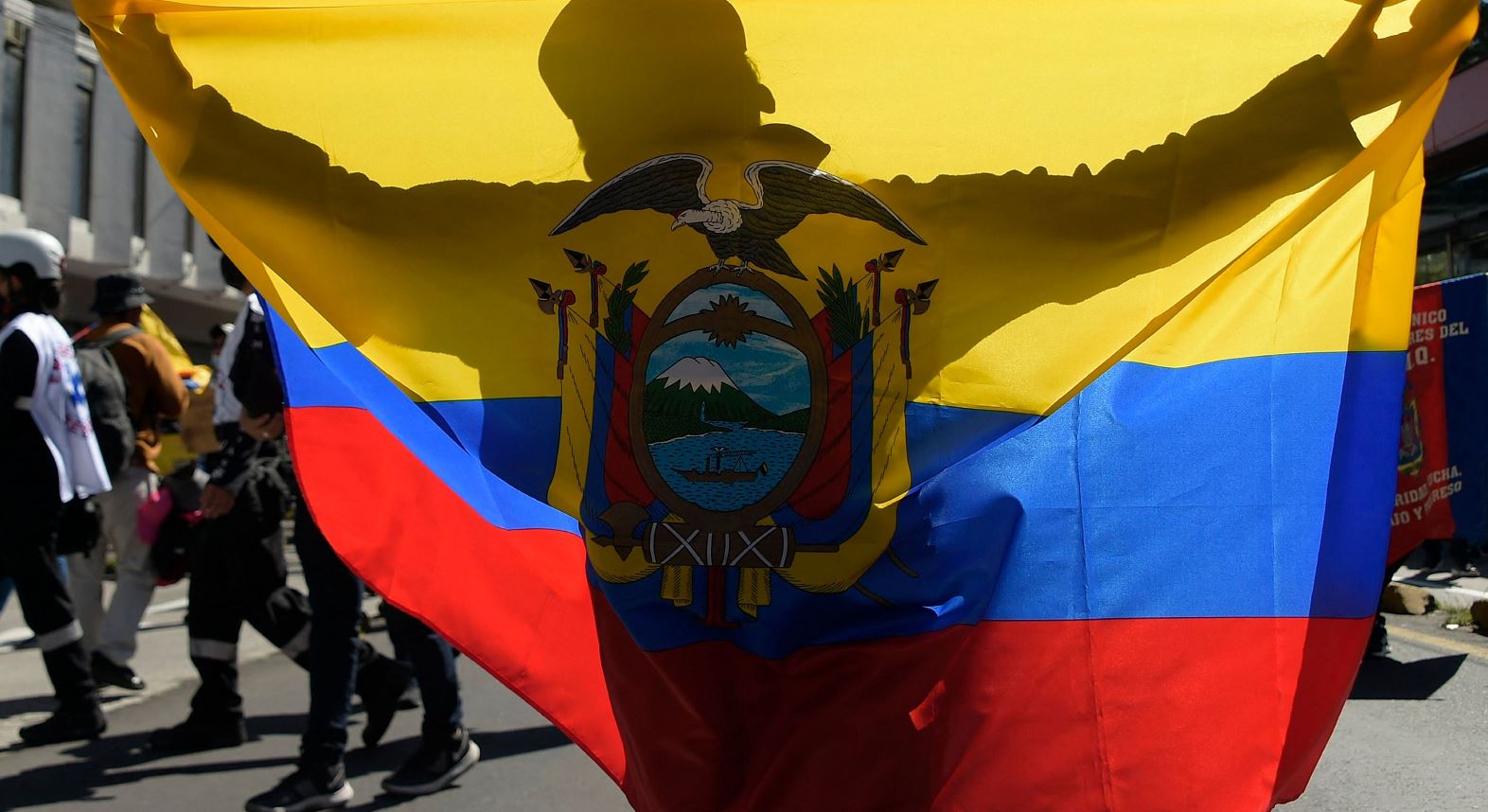Ecuador’s country risk indicator doubled in 45 days. It went from 796 on June 1 to 1,600 points at the close of Friday, July 15. It is the highest in the last year.
This index began to increase since the start of the last national strike, led by the indigenous movement. The demonstrations lasted 18 days, but this indicator has not stopped rising since then.
Country risk measures the probability that a nation will not pay its debts. It is the risk investors have on their securities, bonds, or investments in a given country. The higher the index, the more likely it is to default.

This index remained at an average of 800 points during Guillermo Lasso’s first year. During this period, international markets looked at Ecuador as a country willing to pay its debts.
The rating was also influenced by the high price of oil, which allows Ecuador to have a higher income to meet its obligations.
Ecuador’s country risk is one of the highest in the region, ranking third after Venezuela, whose index reaches 37,615, and Argentina, which has 2754.
This indicator is crucial when calculating the interest rates that Ecuador will have to pay if it seeks financing in the international market. In other words, a high country risk makes access to credit more expensive.
It applies not only to the State but in general. If a business person seeks credit abroad, the interest rate will be set according to the risk.
In addition, when country risk rises, sovereign bonds fall, and their yield on the international market increases.
That is to say, bondholders who invested in Ecuadorian foreign debt will see their investments with greater risk and seek to sell the papers in secondary markets.
Currently, the 2030 and 2035 sovereign bonds and the 2040 bonds, restructured in 2020, have discounts in the secondary market. For example, those maturing in 2040 can be bought at a 65% discount, and those maturing in 2030 at a 39% discount.
With information from El Comercio

